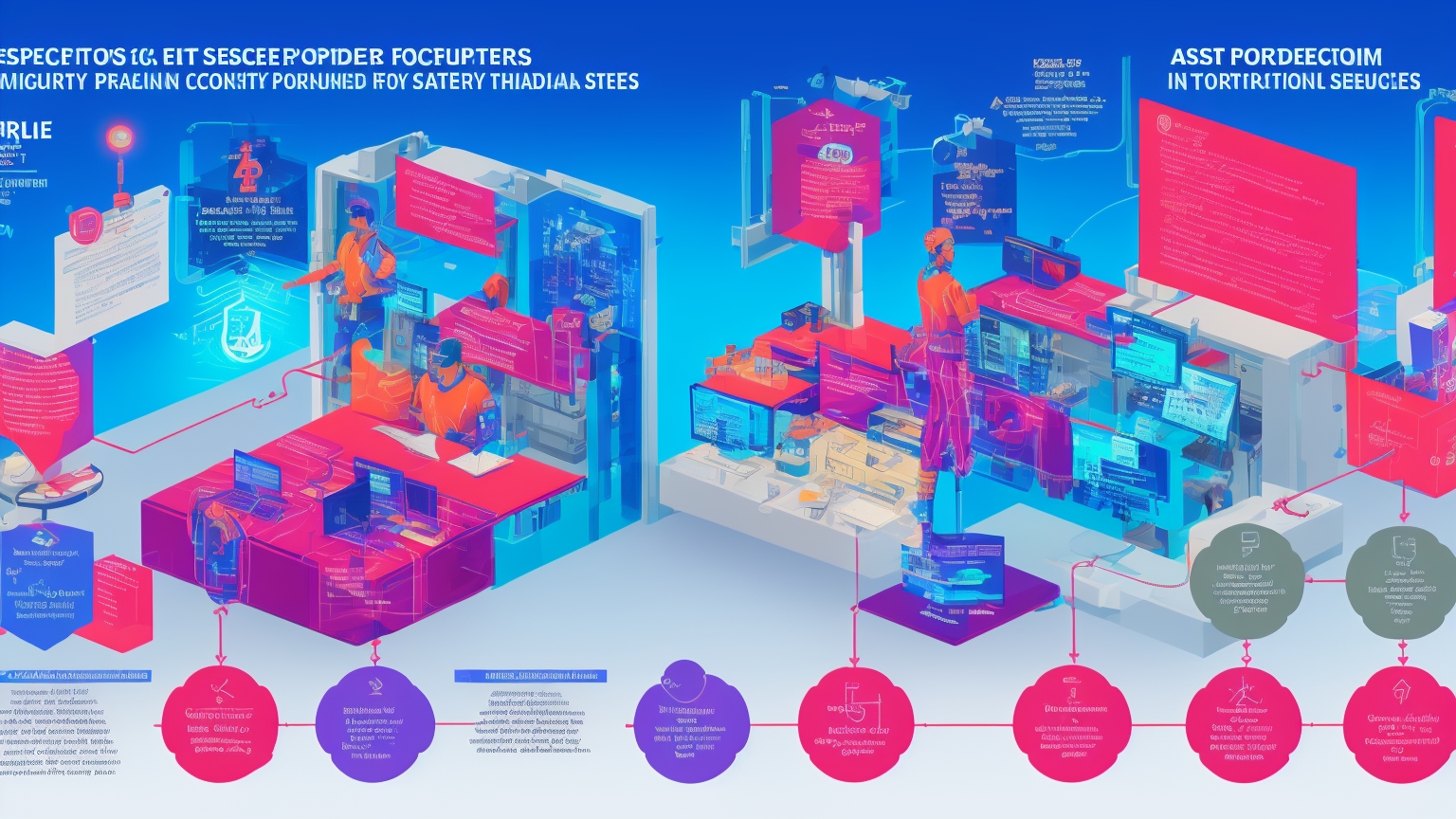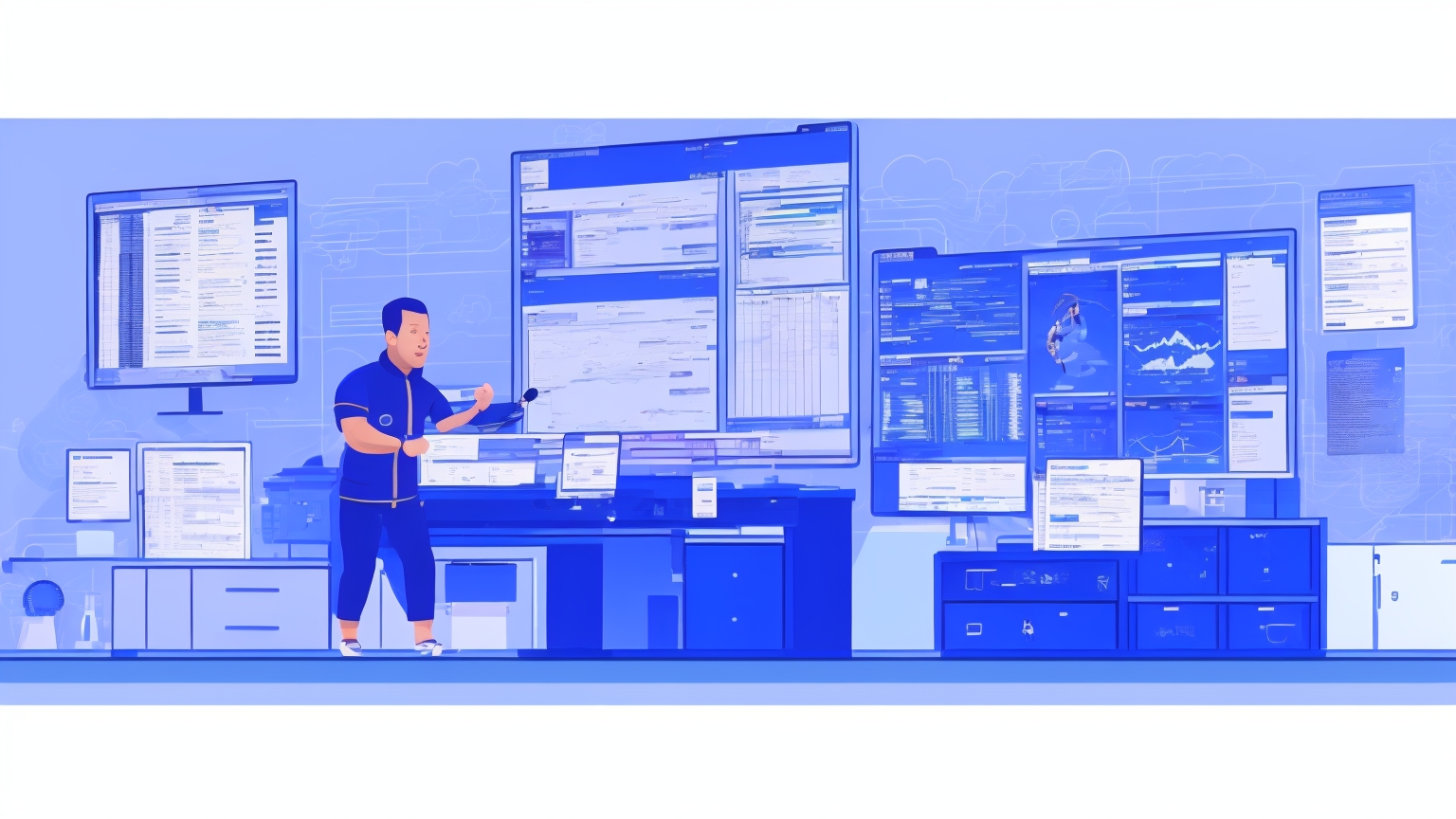The Rise of Platform Engineering: How It's Redefining DevOps in 2025
DevOps changed how we build and ship software. But as systems grew more complex — multi-cloud, microservices, and hybrid environments — managing pipelines, environments, and dependencies became a full-time job.
Enter Platform Engineering: the natural evolution of DevOps. Instead of every team managing their own infrastructure, platform engineers build reusable systems — often called Internal Developer Platforms (IDPs) — so developers can self-serve deployments safely and consistently.
In short:
DevOps = Everyone does automation. Platform Engineering = Automation as a product for developers.
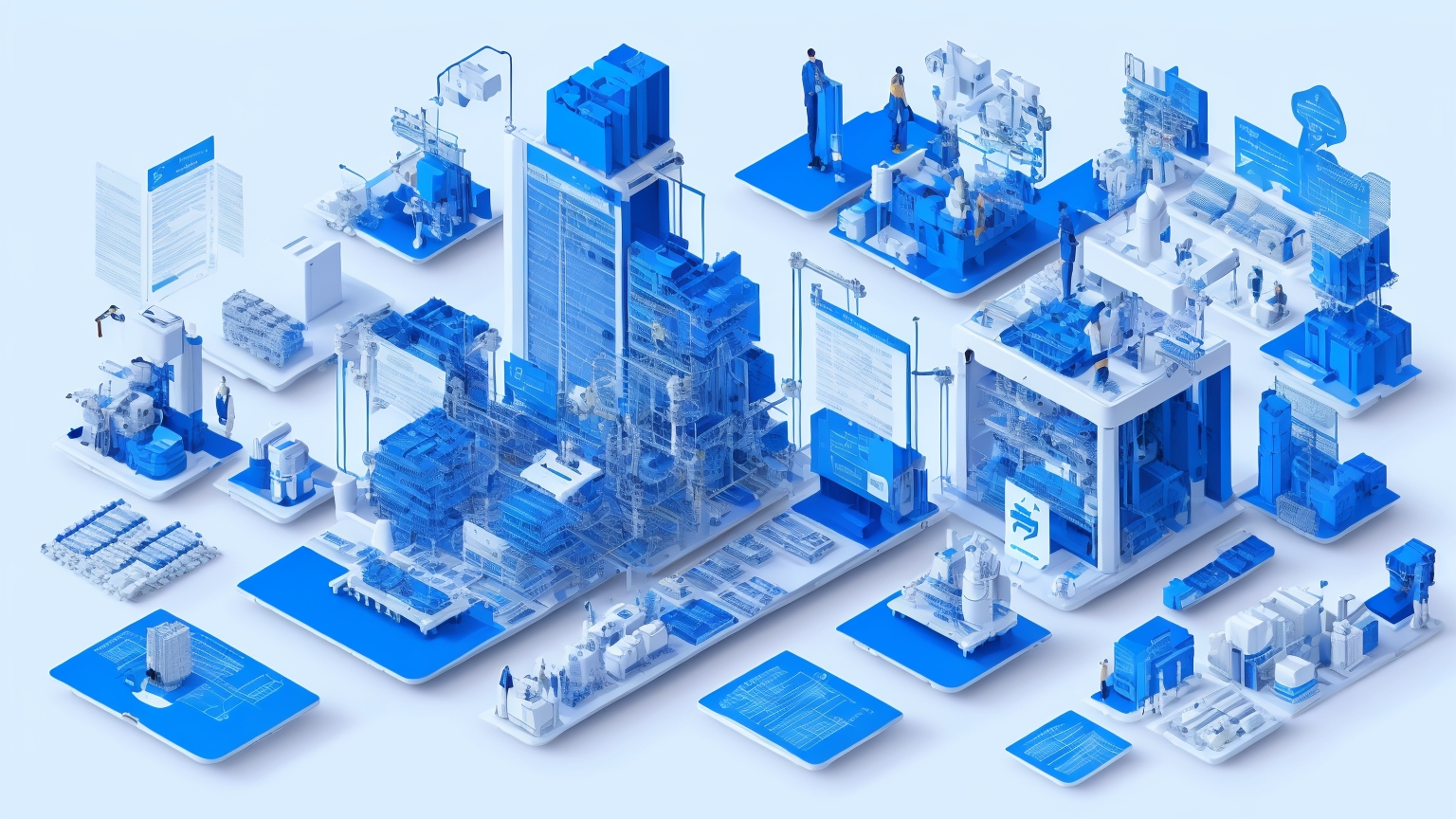
1. What Is Platform Engineering (In Simple Terms)?
Platform Engineering is the discipline of building and maintaining internal platforms that abstract away infrastructure complexity.
Instead of developers writing deployment scripts, they use:
- Predefined templates for apps and services
- Automated environments with built-in security
- Self-service tools to deploy code confidently
A good platform behaves like a product — it has documentation, APIs, and a roadmap.
Real-World Examples
- Spotify → Backstage (open-source IDP)
- Netflix → Spinnaker
- AWS → Proton (managed platform for microservices)

2. Why Companies Are Shifting from DevOps to Platform Engineering
DevOps is amazing — but it often scales poorly in large teams. When every team maintains its own CI/CD pipeline, security, and infrastructure, duplication and inconsistency explode.
Common Problems DevOps Alone Faces:
- "Pipeline sprawl" — dozens of similar workflows with minor differences
- Configuration drift between environments
- Security gaps from inconsistent practices
- Tool fatigue — too many dashboards, scripts, and secrets
Platform Engineering solves this by standardizing everything into golden paths — preapproved, reusable blueprints for developers.
Instead of writing a new Terraform file for every microservice, developers use platform create service --template=node-api.

3. The Core Components of a Platform Engineering Stack
A modern internal developer platform (IDP) usually includes:
| Layer | Purpose | Common Tools |
|---|---|---|
| Infrastructure as Code (IaC) | Define and manage infrastructure | Terraform, Pulumi |
| CI/CD Automation | Build, test, deploy | GitHub Actions, Argo CD |
| Container Orchestration | Run workloads | Kubernetes, Nomad |
| Observability | Monitor apps | Grafana, Prometheus |
| Security & Compliance | Policies and access | OPA, Vault |
| Developer Portal | Self-service interface | Backstage, Port.io |
Each layer connects through APIs, so developers only interact with the top layer — a simple portal or CLI.

4. Building Your Own Internal Developer Platform (Step-by-Step)
Let's make this practical. Here's a minimal IDP blueprint you can experiment with.
🧩 Step 1: Define Infrastructure Blueprints
Use Terraform or Pulumi to create reusable modules:
module "service_cluster" {
source = "./modules/kubernetes-cluster"
environment = var.environment
region = var.region
}Store modules in a central repo (infra-modules), versioned and documented.
⚙️ Step 2: Automate Deployments with GitOps
Integrate Argo CD or Flux:
apiVersion: argoproj.io/v1alpha1
kind: Application
metadata:
name: myapp
spec:
source:
repoURL: 'https://github.com/org/myapp-configs'
path: k8s
destination:
server: https://kubernetes.default.svcDevelopers just push configs to Git — the platform syncs automatically.
🔒 Step 3: Add Security & Policies
Use OPA (Open Policy Agent) for compliance:
package deployment.security
deny[msg] {
input.spec.template.spec.containers[_].securityContext.privileged == true
msg = "Privileged containers are not allowed"
}This ensures deployments follow company security rules automatically.
💡 Step 4: Expose a Developer Portal
Use Backstage or Port.io to provide:
- Service templates
- On-demand environments
- Observability dashboards
- API documentation
Engineers deploy services through a self-service portal instead of scripts.

5. Security and Governance in Platform Engineering
Centralization brings power — but also responsibility. Security must be baked into the platform, not bolted on later.
Key Security Layers:
- Role-Based Access Control (RBAC) in Kubernetes
- Encrypted secrets (Vault, AWS Secrets Manager)
- Signed container images (Cosign)
- Policy enforcement (OPA, Kyverno)
🔐 Pro Tip: Treat your platform like a public product — apply versioning, changelogs, and audits.
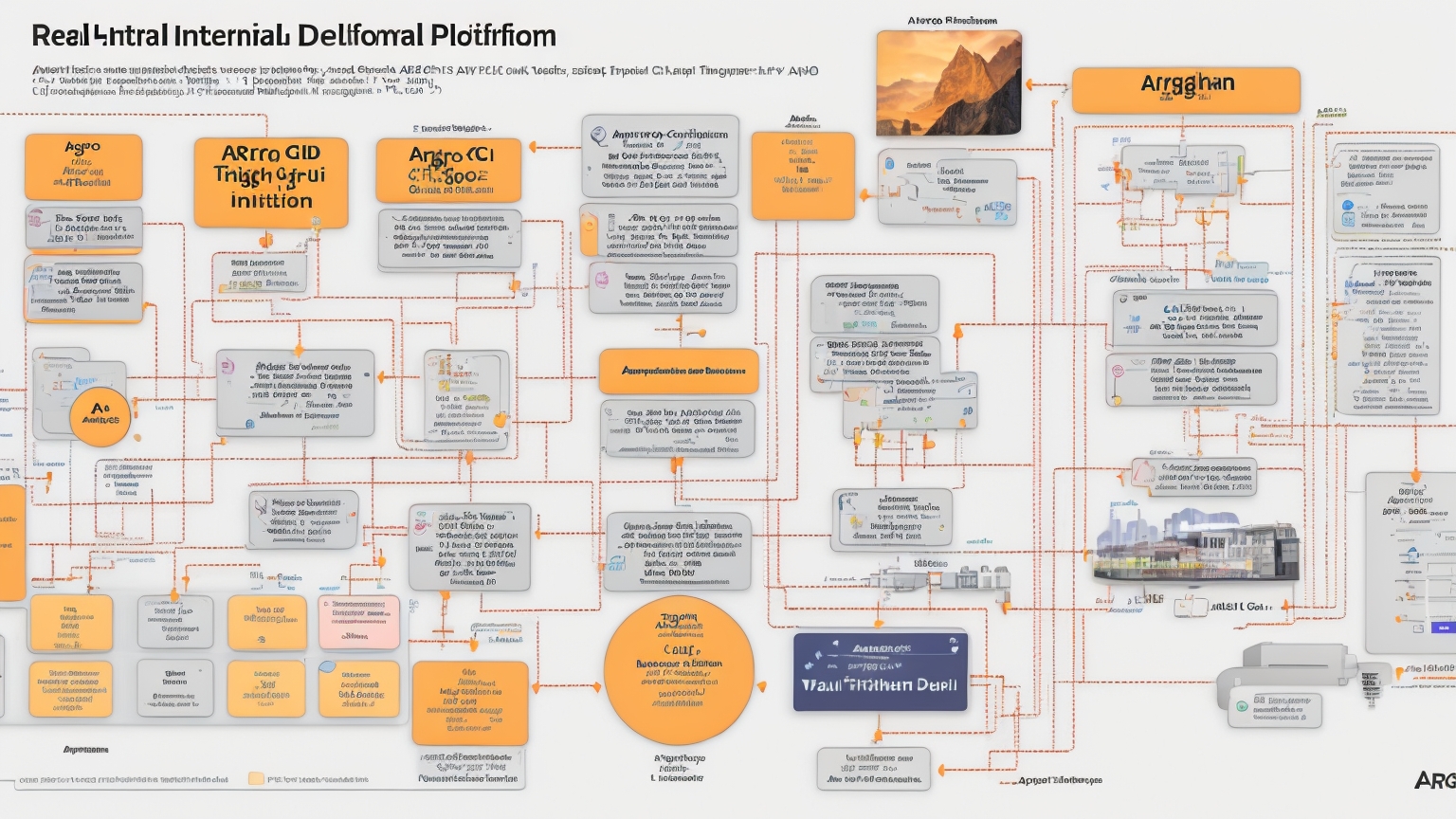
6. Platform Engineering vs DevOps: Key Differences
| Aspect | DevOps | Platform Engineering |
|---|---|---|
| Focus | Automating pipelines | Building reusable platforms |
| Goal | Speed + collaboration | Consistency + scalability |
| Users | Developers & ops | Developers as users |
| Tools | CI/CD, Infra tools | Portals, templates, APIs |
| Culture | Shared responsibility | Developer self-service |
In essence, Platform Engineering productizes DevOps — giving teams an internal "PaaS" experience tailored to their company's needs.

7. Real-World Example: A Hybrid IDP Setup
Here's what a real-world medium-sized company might use:
- Infrastructure: Terraform + AWS EKS
- CI/CD: GitHub Actions + Argo CD
- Security: Vault + OPA
- Observability: Grafana + Loki + Tempo
- Developer Portal: Backstage with service templates
Engineers deploy via a CLI:
platform deploy service myapp --env stagingThe platform provisions infra, builds Docker images, applies manifests, and registers the service in Grafana — fully automated.
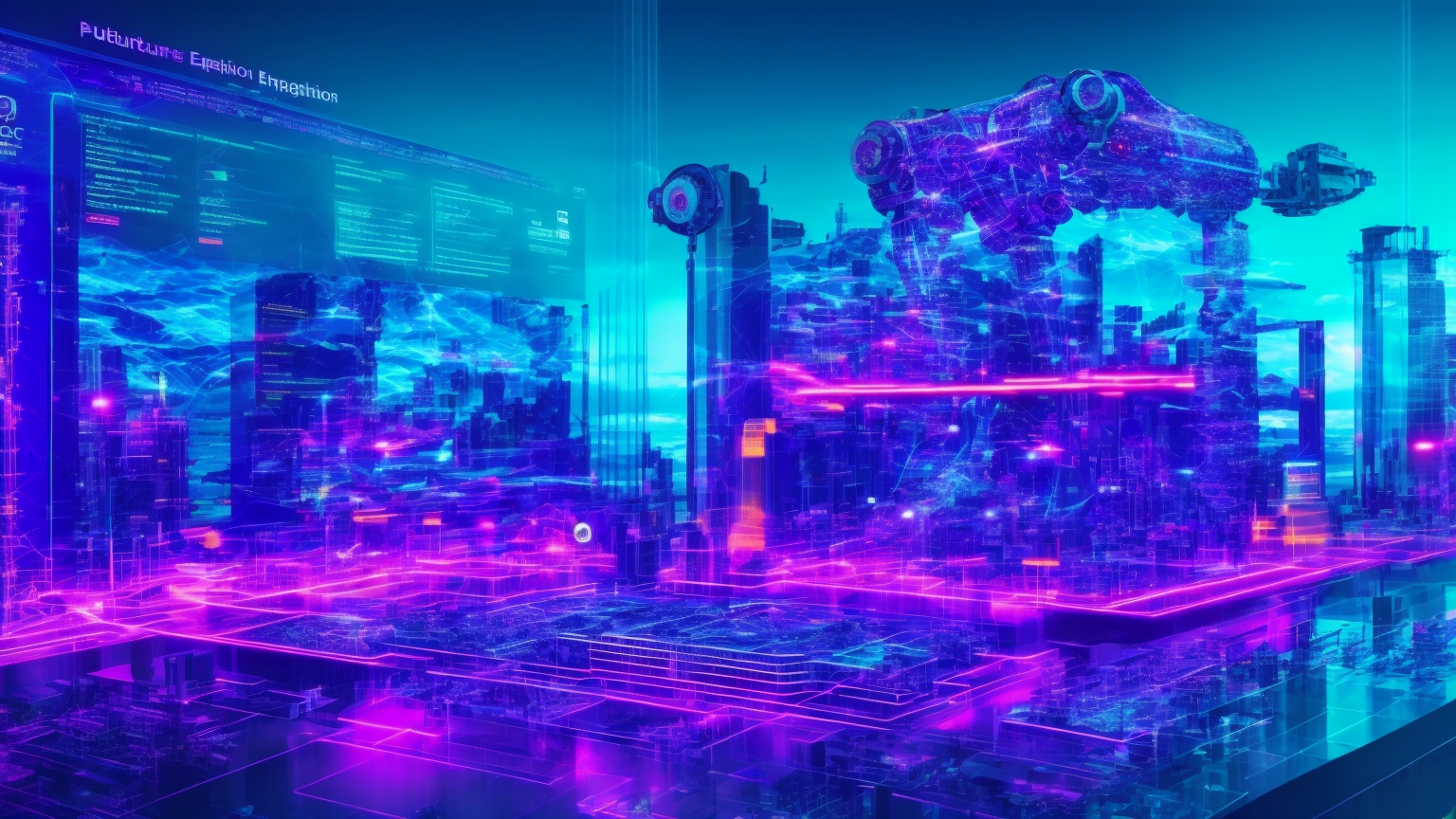
8. Benefits of Platform Engineering
✅ Reduced cognitive load for developers ✅ Consistent infrastructure and pipelines ✅ Faster onboarding for new teams ✅ Improved security and compliance ✅ Clear ownership boundaries between teams
Instead of being gatekeepers, DevOps teams become enablers — building a platform that empowers developers.

9. The Future: AI-Assisted Platform Engineering
In 2025, AI is becoming a big part of DevOps automation.
Emerging trends:
- AI copilots generating Terraform and Helm templates
- Predictive scaling using ML-based resource analytics
- Natural language deployments — "Deploy my backend to staging"
- Automated policy suggestions using anomaly detection
These tools don't replace engineers — they give them superpowers.

10. How to Start Building Your Platform Team
If you're planning to start small:
Phase 1: Foundations
- Identify repetitive DevOps work (pipelines, configs).
- Document developer pain points.
Phase 2: Prototype
- Pick an IaC tool (Terraform/Pulumi).
- Build a simple GitOps flow.
Phase 3: Scale
- Introduce Backstage or custom portal.
- Automate compliance and monitoring.
Phase 4: Mature
- Add self-service templates.
- Define KPIs like deployment time and developer satisfaction.
Conclusion: Platform Engineering Is the Next Big Shift
The rise of Platform Engineering isn't a rejection of DevOps — it's its next evolution. It turns DevOps from a culture into a service — one that helps developers move fast without breaking things.
In 2025, successful companies aren't asking "Do we have DevOps?" They're asking, "How good is our platform?"
FAQs
QIs Platform Engineering replacing DevOps?
No. It builds on DevOps by formalizing automation and self-service into a product.
QWhich tools are best for building an IDP?
Backstage, Argo CD, Terraform, Vault, and Grafana are a great combo.
QHow big does a company need to be to benefit?
Even small teams can benefit if they have multiple microservices or environments.
QWhat's the main skill for platform engineers?
Strong infrastructure automation (IaC) and developer empathy — design for ease of use.
QWhat's next in 2026?
More AI-driven orchestration and predictive analytics across platforms.
About the Author
Rabin Adhikari — DevOps engineer and founder of DevOps Enginer. Writes practical guides that help teams modernize automation, observability, and platform workflows for real-world scale.

